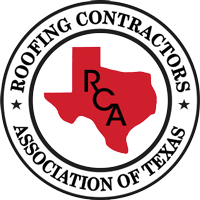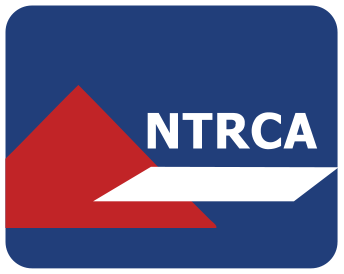Roofing inspection is an integral part of preventative roofing maintenance. When you have your roof inspected, you will gain critical insight about the condition of your roof.
Specifically, a roof inspection will answer those and many more questions about the state of your roof:
- Is the roof installed properly?
- Has the roof been damaged by recent hail or wind storms?
- What is the true condition of the roof or its life expectancy?
- Is the roof leaking?
- What repairs, if any, are needed
Roofing Inspection – What’s Involved
A thorough inspection will include an interior and exterior evaluation of the roof’s structure.
Here are 3 basic steps your roofing contractor will take:
Step #1 – Interior Inspection
First, your inspector will examine the interior of the house, including ceilings, walls and attic areas for internal evidence of wind, water or hail damage. Leaks inside your house are an obvious sign of damage and need attention immediately, especially those around skylights and chimneys.
Step #2 – Exterior: Roofing Inspection
Next, the contractor will walk the perimeter of your home, noting the location and state of chimneys, gutters, vents and flashing points. At the same time home’s siding and eaves are checked for external water stains, hail dings and indications of dry rot.
Next, the roofer will ascend the roof to examine its construction, flashing, vents and chimney. He will check for common roofing problems such as missing, broken, cracked or cupped shingles, and broken shakes or tiles. He will look closely for granules in gutter and downspout – an indication that shingles may be approaching the end of their life (shingles stripped of coating granules are vulnerable to UV radiation, and will crack then break off, allowing water to penetrate the surface). He will check for cupped shingles, an indication that the attic is not vented properly, and evaluate your attic ventilation, insulation and moisture levels as needed. He will check for cracked, damaged or missing flashings, damaged chimney bricks, open seams or wear from extreme sun-exposure, and note any algae growth on the shingles (unsightly though not usually damaging black stains)
Step #3 – Exterior: Gutter Inspection
Lastly, the condition of your gutters will be examined. The inspector will look for problems such as improper installation, debris buildup or warped material. He will check for missing sealant, holes, and leaks, paying special attention to hangers, aprons, pitch, and any signs of sagging.
Always Hire A Professional
While many homeowners are perfectly capable of checking their roof for damage–with binoculars, walking around the perimeter of the house–a professional inspector has the skills, tools, and knowledge necessary to spot obscure problems a layperson will miss, including any structural, sub-surface damage. Not all roofing issues are obvious, and the absence of drafts or leaks doesn’t necessarily mean your roof is structurally sound. A professional will offer a thorough evaluation of the state of your roof/gutters, backed by experience, and provide that peace of mind so you’re not caught off guard when the damage is eventually discovered later.
Subscribe to Christian Brothers Roofing's Blog



Comments